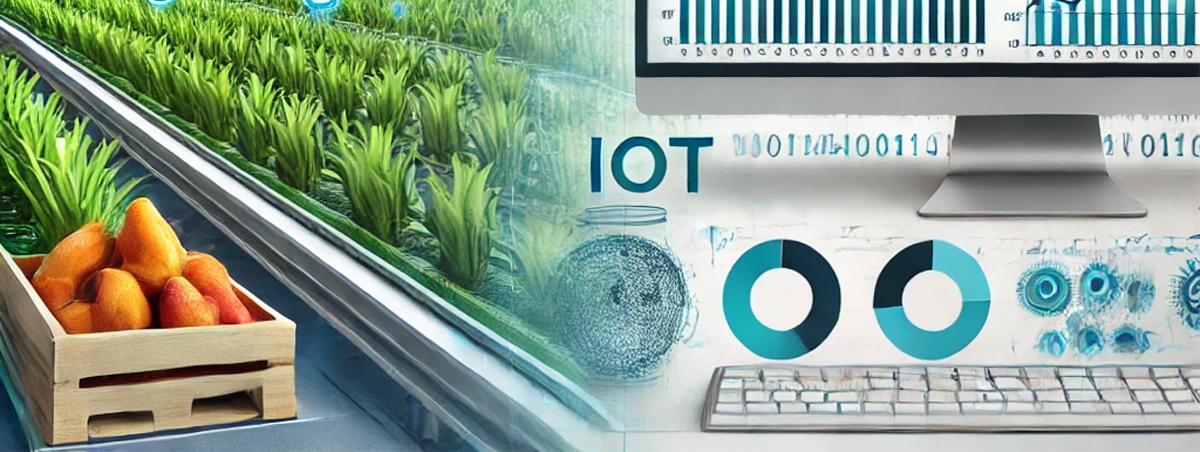Digital twin technology is a virtual replica of a physical object, system, or process that allows for real-time simulation, analysis, and optimization. In the food industry, digital twins are often used to model supply chains, production lines, or equipment, enabling companies to test “what-if” scenarios, predict potential disruptions, and improve efficiency without affecting real-world operations. The digital twin architecture typically consists of three key elements:
- Physical assets and processes being modeled
- Real-time data collection infrastructure
- Advanced analytics and simulation capabilities
Imagine being able to see your entire food supply chain like a living, breathing organism – tracking every movement, predicting every potential hiccup, and preventing problems before they even happen. This isn’t science fiction; it’s the remarkable world of digital twin technology, and it’s transforming how food companies operate.
At its core, a digital twin is like a super-smart clone of an entire supply chain. It’s not just a static model, but a dynamic, real-time replica that captures everything from how ingredients move to how environmental conditions might impact your products. Think of it as a crystal ball mixed with a microscope, giving companies unprecedented insights into their operations.
So, what makes this technology so powerful? It’s all about data and predictive intelligence. By connecting sensors, IoT devices, and advanced analytics, digital twins allow companies to do something they’ve never been able to do before: see around corners.
Take inventory management, for instance. In the past, managing perishable goods was like playing a high-stakes guessing game. Now, digital twins can predict demand patterns with incredible accuracy. Running low on a key ingredient? The system will flag it before you even realize there’s a potential problem. It’s like having a hyper-intelligent assistant constantly monitoring your supply chain.
But the benefits go way beyond inventory. These digital twins are also risk management superstars. Companies can now simulate complex scenarios – what if a key supplier suddenly can’t deliver? What alternative transportation routes could save the day? It’s like having a war room of strategists, but powered by algorithms and real-time data.
Quality control has also been revolutionized. Imagine tracking the temperature of a shipment of fresh seafood from the moment it’s caught to the moment it reaches a restaurant’s kitchen. Digital twins make this level of granular monitoring not just possible, but standard practice.
Of course, implementing this technology isn’t a walk in the park. It requires serious investment in data infrastructure, technical expertise, and a willingness to embrace change. Companies need cross-functional teams that understand both technology and supply chain dynamics. It’s not just about buying a software solution; it’s about creating a new organizational mindset. Future digital twins will do more than just track – they’ll predict and optimize. They’ll help companies reduce their environmental footprint by tracking carbon emissions, water usage, and waste generation. They’ll use machine learning to forecast potential disruptions with incredible precision.
And the economic benefits are substantial. Companies implementing digital twins are seeing significant returns through reduced costs, improved efficiency, and enhanced customer satisfaction. It’s a technology that doesn’t just save money – it creates competitive advantage. It’s a fundamental shift in how we think about supply chains – from reactive management to proactive, intelligent orchestration. For food companies, it’s not just about surviving in a complex global marketplace; it’s about thriving, adapting, and leading the way.

